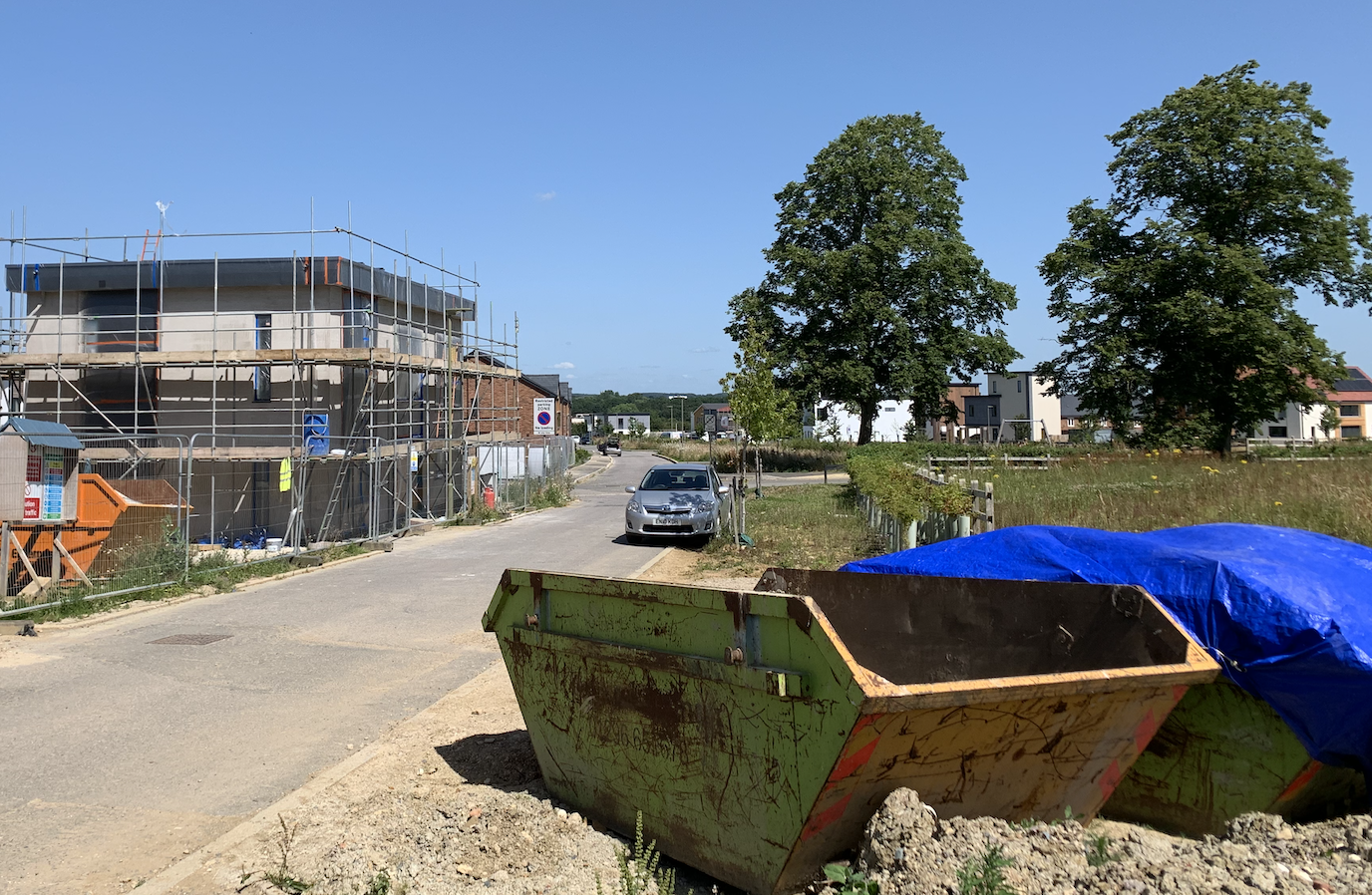New research published in the NaCSBA Custom and Self Build Market Report 2023/24 demonstrates for the first time that custom and self build homes generate a significantly higher positive local impact in comparison to mainstream housing, and that the homes built are more sustainable than the average new build.
The findings provide evidence to underpin the long-held belief that custom and self build (CSB) homes both boost local economies and create more sustainable homes. This adds robustness to any argument for custom and self build, and will be of value in planning applications promoting the route over speculative new build housing.
In 2023 the Right to Build Task Force commissioned Chamberlain Walker Economics to examine both the local impacts and sustainability criteria of such housing.
The research found that:
- Custom and self build development produces more than a doubling of the beneficial local economic impact of mainstream housing when labour and materials are viewed together.
- Data from Energy Performance Certificates (EPCs) demonstrated that CSB homes typically have reduced energy consumption of between 8-42% lower and CO2 emissions of 7-43% lower than typical new build EPCs.
Local economic impact
To assess the additional benefits of this route to housing Chamberlain Walker Economics analysed five model local authority areas, selected as they represent a range of different factors. The chosen authorities were Breckland Council, Durham Council, Folkestone and Hythe District Council, Herefordshire Council and South Gloucestershire Council, which represent different regions and urban/rural classification with a range of different-sized hub towns.
The research examined the economic factors of labour and materials, rather than land and profit, which benefits the landowner and developer. Focusing on labour and materials, the analysis found that custom and self build provide roughly double the economic impact of mainstream housebuilding, as self builders tend to buy more materials locally, and also source SME builders and trades for their home.
In relation to materials, the research factored in the ‘richness’ of the local landscape of suppliers, and also noted that while traditional building materials were usually sourced locally, the rise in innovative materials and systems meant that their inputs needed to be purchased from further afield. However, even when this was the case they typically still purchased from SME businesses. This factor can also be applied to labour.
The findings were extrapolated to draw a conclusion about overall activity, that is model based rather than 100% empirical, but regardless demonstrates the added value that custom and self build homes bring to the local economy.
Sustainability of custom and self build homes
Drawing on the same five authorities, Chamberlain Walker Economics assessed the Energy Performance Certificates (EPCs) of self build homes, in comparison to average EPCs for speculative new builds.
The research reviewed two metrics, average energy consumption and average CO2 emissions, both of which have improved considerably for all new build activity over the last decade, reflecting improved techniques and legislative changes.
The average energy consumption of custom and self build homes was significantly lower than for the wider new build local average for each of the case study authorities – between 8% and 42% lower compared to other new build homes.
Equally, in regard to CO2 emissions the data showed a positive result, with custom and self build homes between 7% and 43% lower than average new builds in the comparator areas.
Previous surveys have demonstrated that self build homes are green, such as more than 50% have a renewable energy source as their primary heating system, but this research adds a new level of data to our understanding of the benefits of the route.



